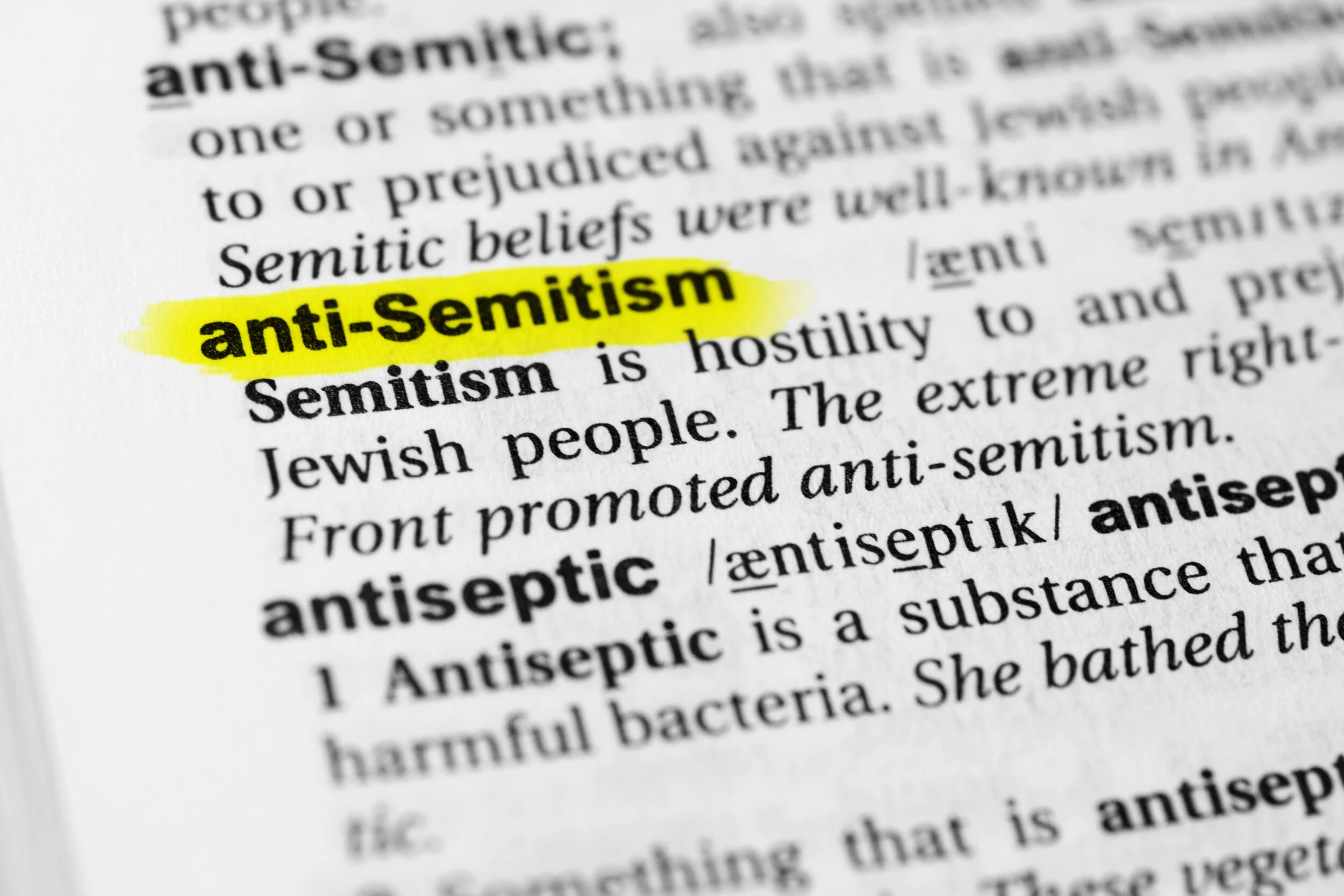Antisemitism is at the dark heart of the 20th century. Mao’s killing of 65 million of his fellow Chinese and Stalin’s responsibility for the deaths of at least 20 million of his countrymen notwithstanding, no other religious group was targeted simply for its beliefs to the same degree as the Jews. One-third of the world’s Jewish population died during World War II.
What’s been the shock in it all — at least to some of us non-Jews who thought antisemitism faded after World War II and who observed Germans spending decades repenting for the Holocaust — is that the real thing is back, deadlier than ever. Jews tell us this horror never went away, and Oct. 7 showed the non-Jewish world the truth of that in living color.
What are Jews here in America saying at this point? Is it time to flee to the hills? Was this a sort of Kristallnacht, the famous “night of broken glass” on Nov. 9-10, 1938, when Nazi troops plundered German synagogues, Jewish businesses and homes so badly that the streets were littered with glass?
All of this pain is forcing questions that lead to valid news stories. In a way, many Jews, in different parts of the world, are asking — right now — if it is time for them to flee their own versions of 1938 Germany.
Many Jews are saying that they are realizing who their friends are — and aren’t. Has this made it into headlines?
Here is an article from The Tablet, in which Katya Kazakina laments to silence of the art community in America’s post powerful city. This was reprinted from Artnet Newspro:
In New York, the home of the largest Jewish population outside of Israel, not a single major museum has so far expressed its official support for the Jewish state and, by extension, the Jewish people. Not one major gallery chose to send a message of empathy and take a public stand against the slaughter of Jewish civilians despite, by now, the widely reported grim toll: the estimated 1,400 Israelis killed, including babies, women, and the elderly. …
As a Jewish woman, who’s been writing about art, artists, galleries, museums, auction houses, foundations, fairs, lawsuits for more than 17 years, I feel a mix of pain, disappointment, rage, and fear. Why are the Jews being slaughtered and the art world turns a blind eye — and goes on shopping at Frieze London as if nothing happened?
I have reached out to museums including the Met, the MoMA, the Guggenheim, and the Whitney; galleries including Gagosian, Pace, Hauser & Wirth, and David Zwirner; auction houses Christie’s, Sotheby’s, and Phillips. It’s been radio silence.








